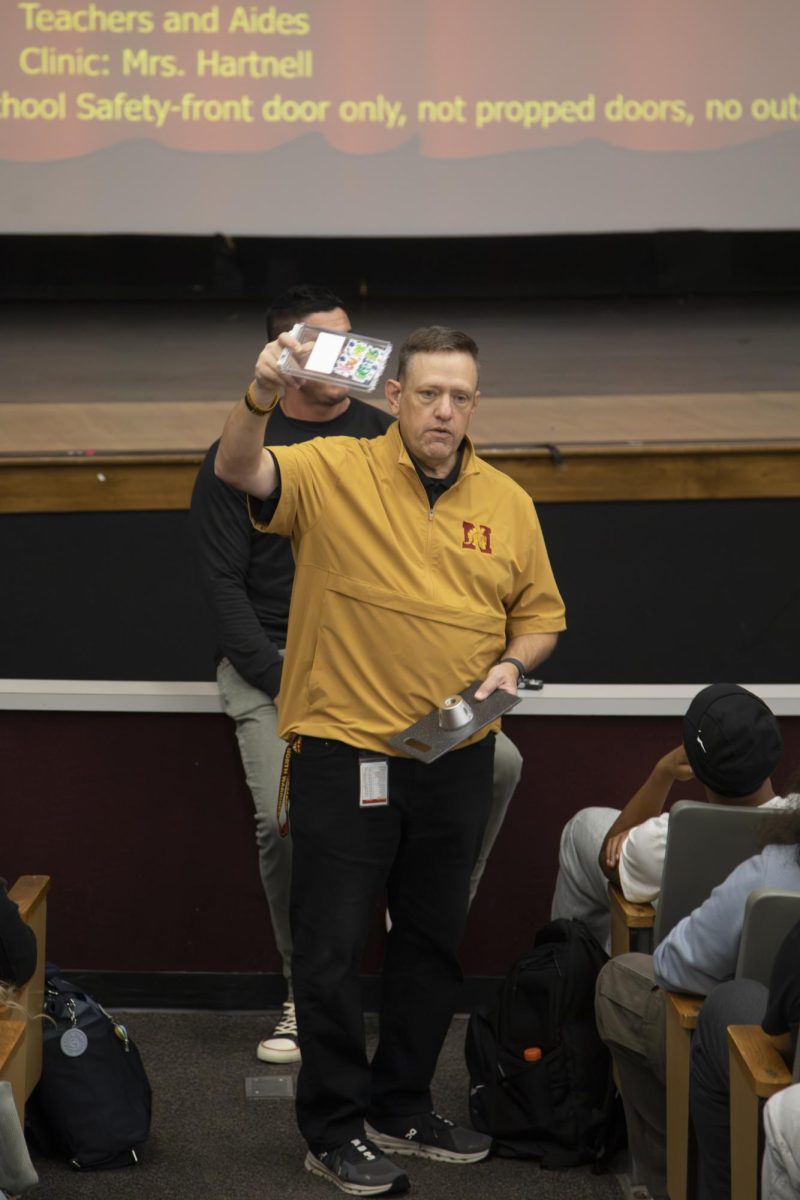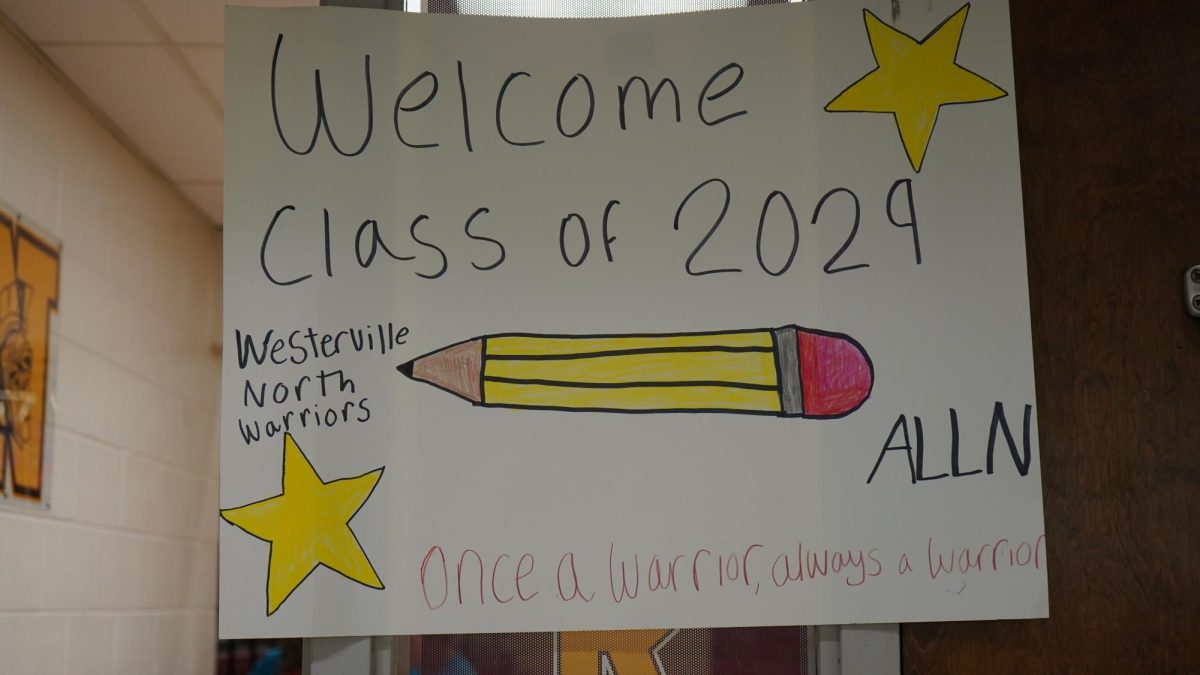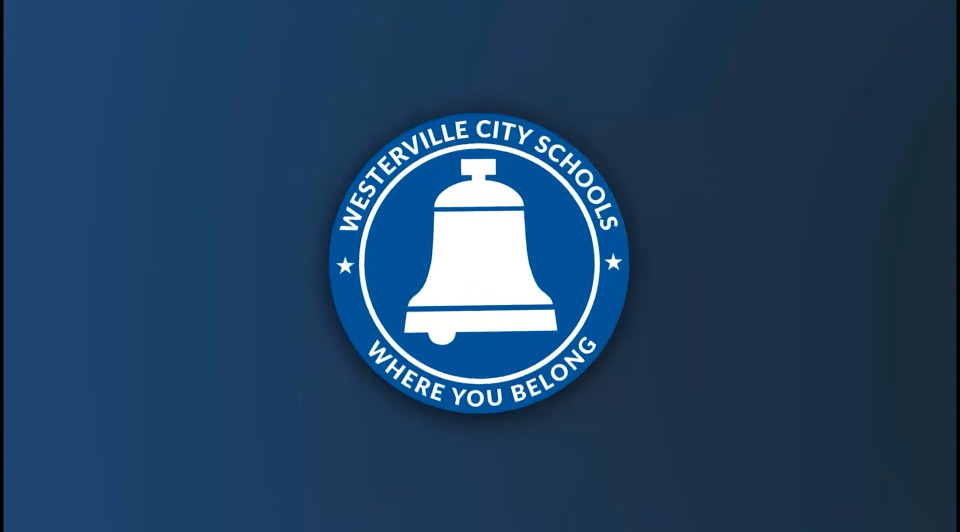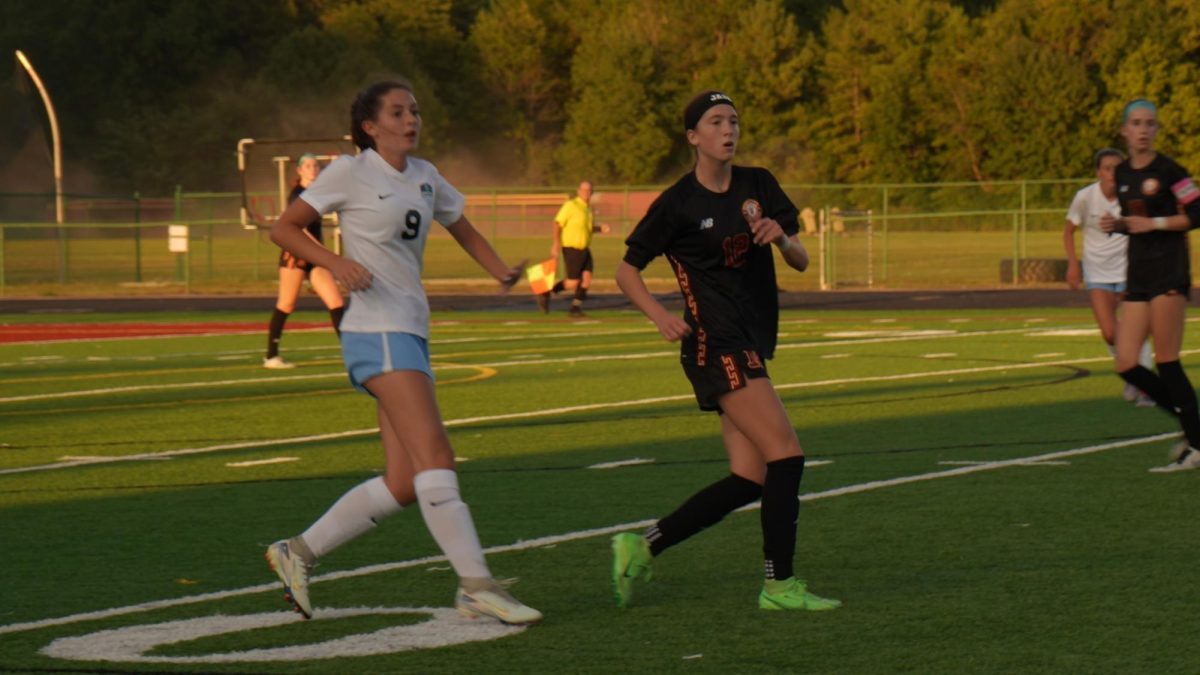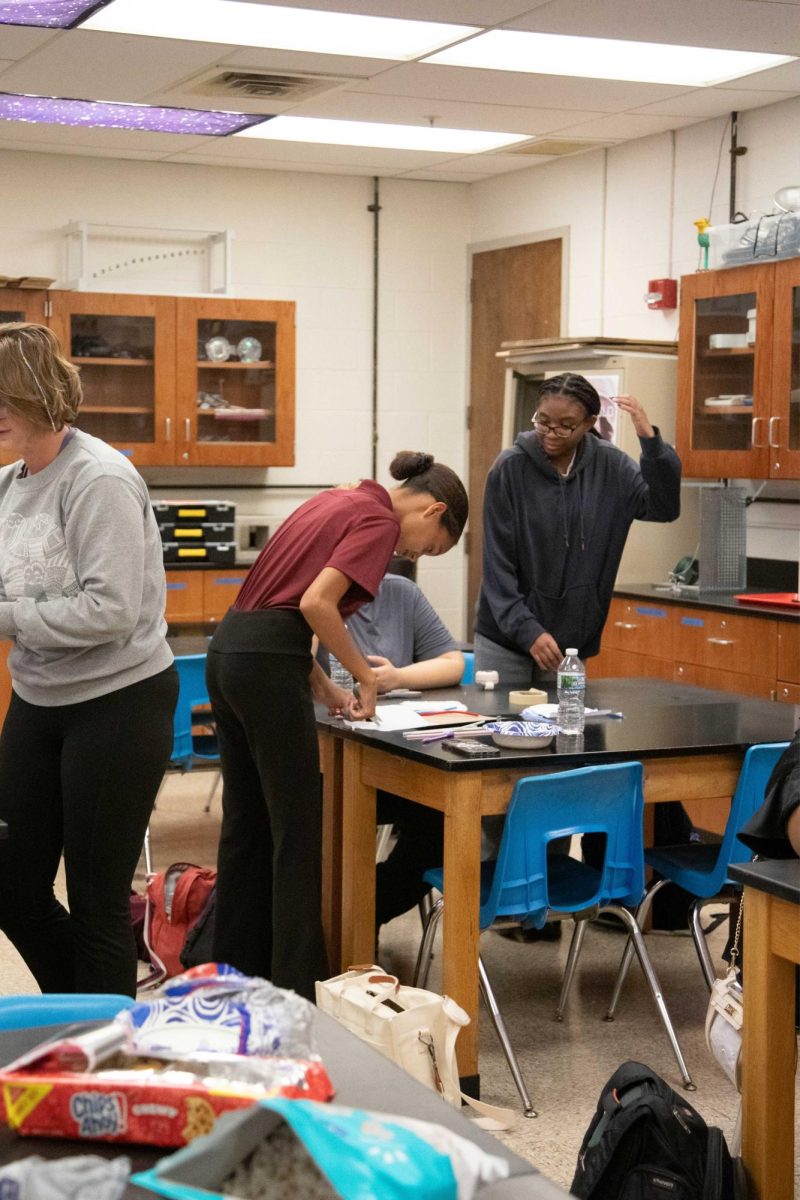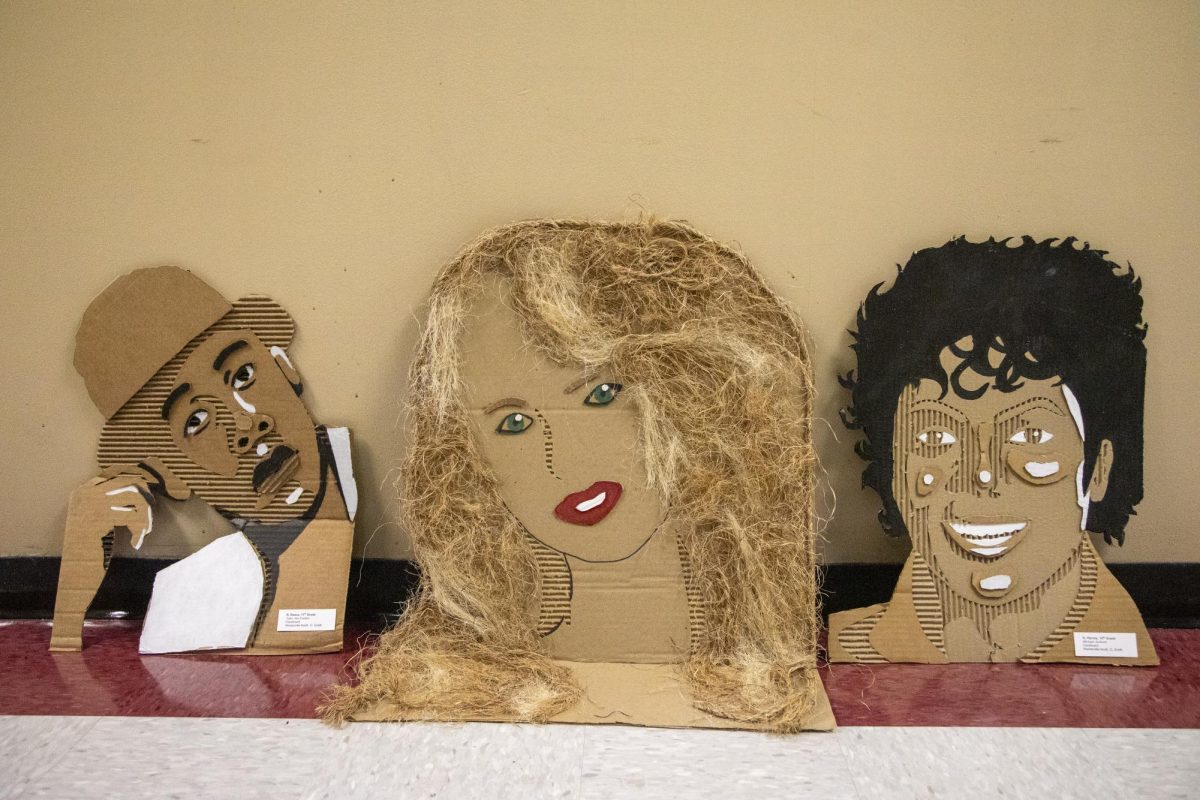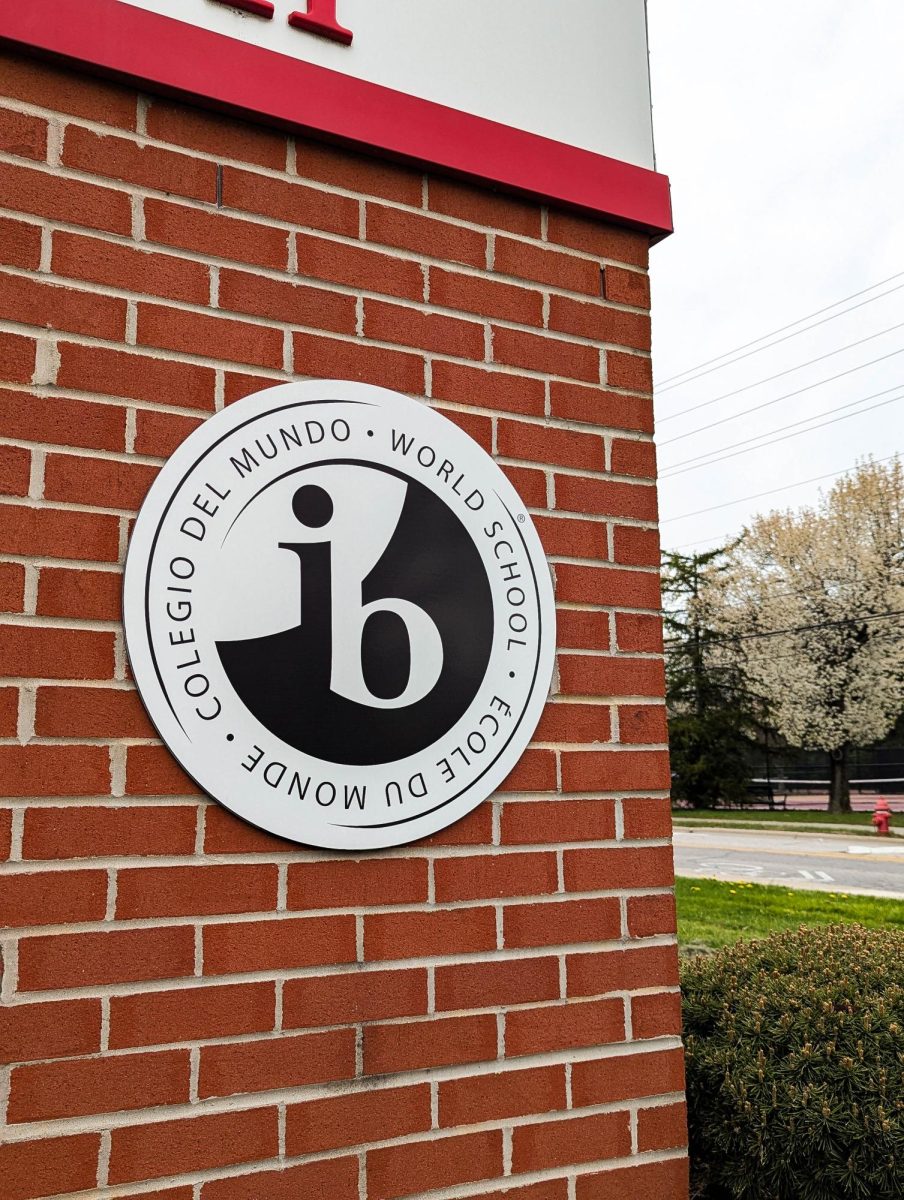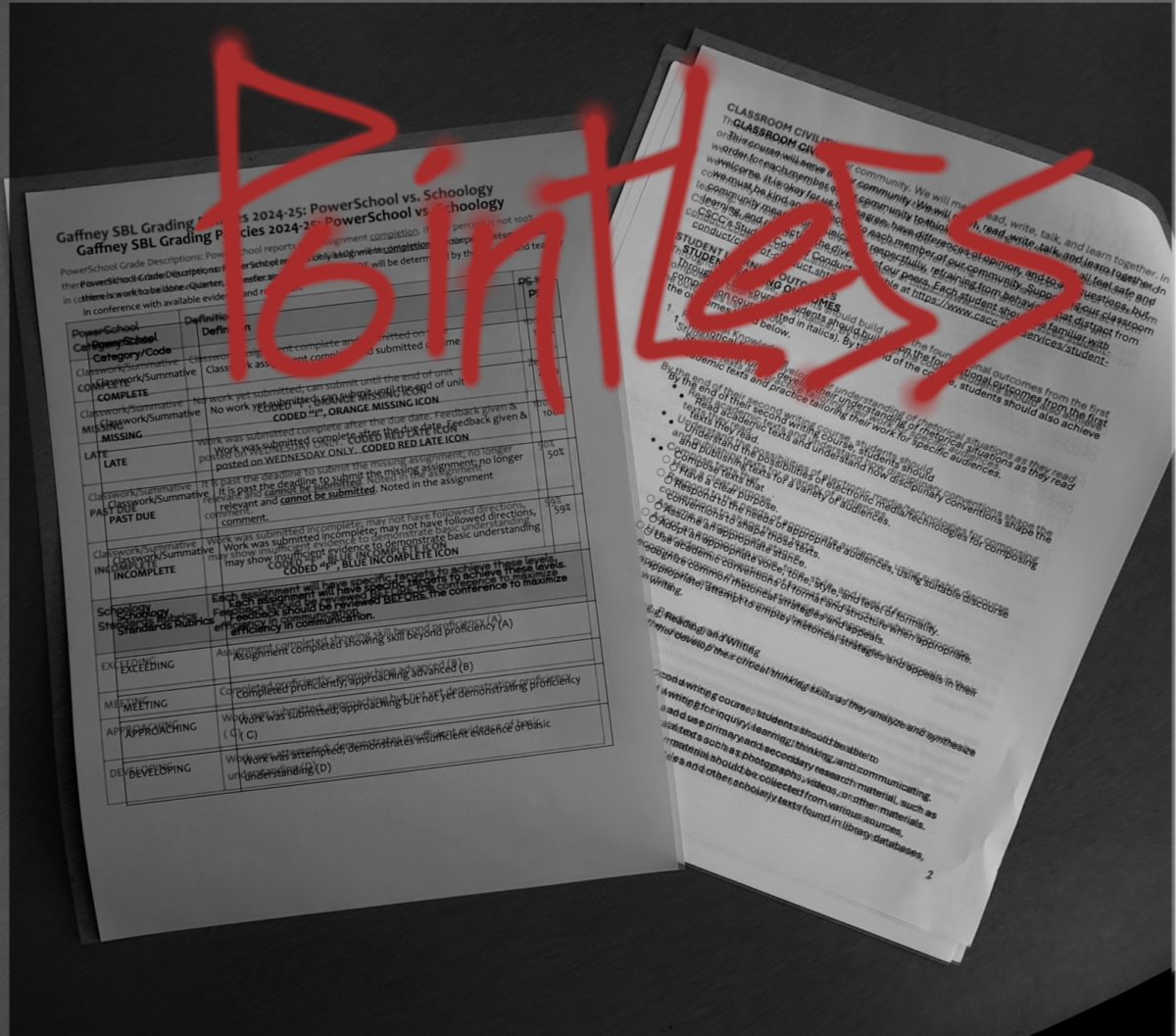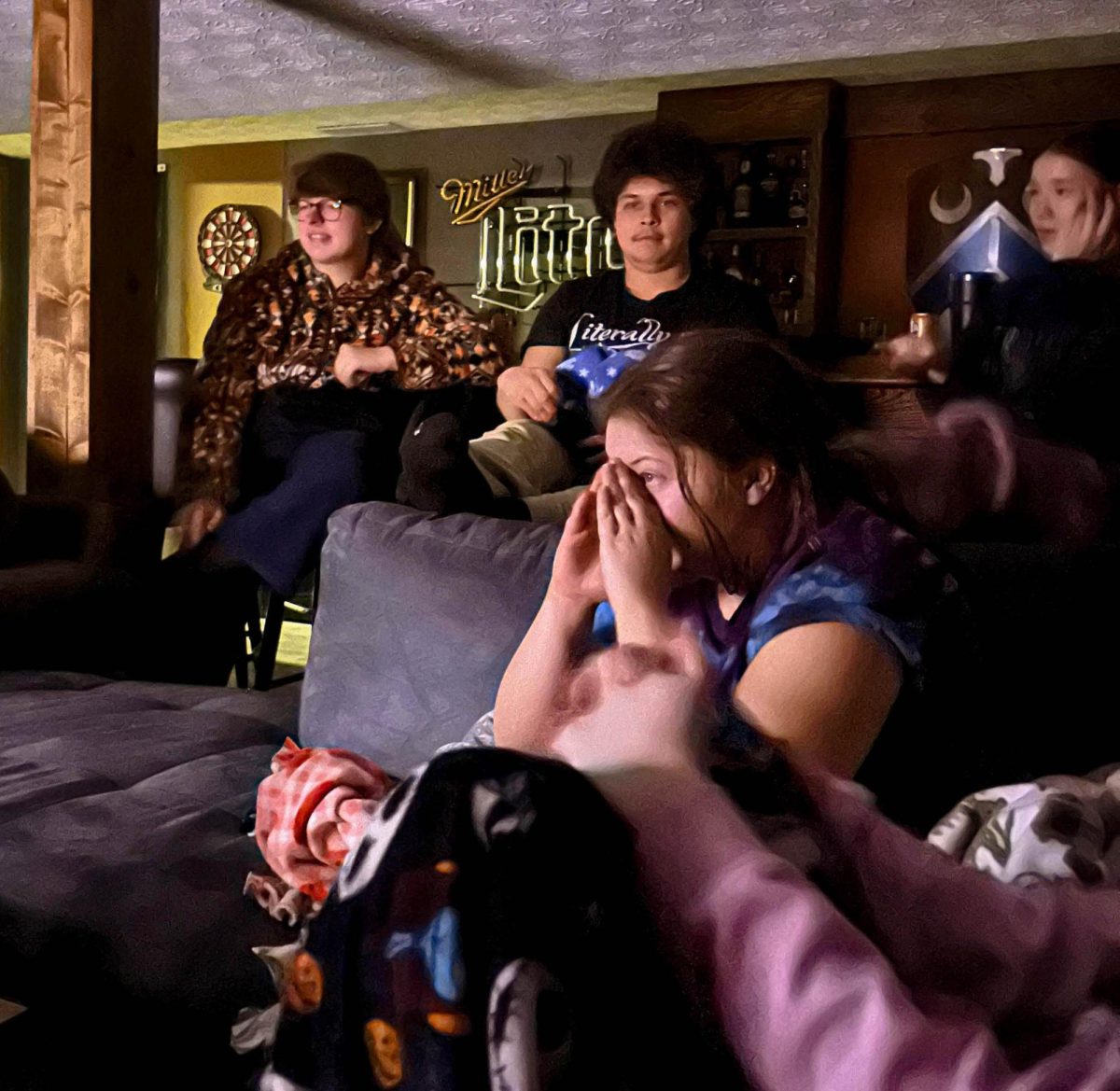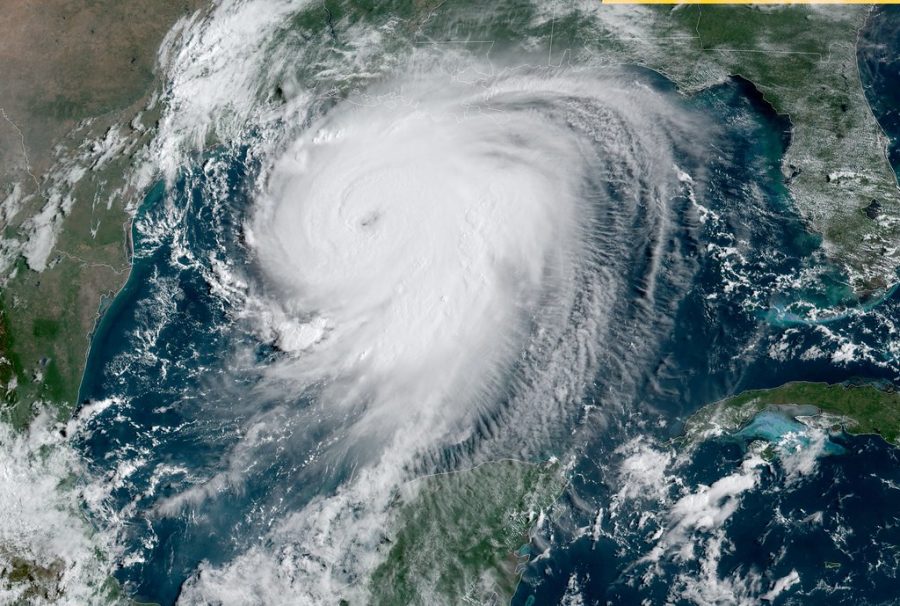A Category Four hurricane dubbed Hurricane Laura made landfall in Louisiana in the early morning on Aug. 27. It left behind record-breaking damage by the time it dissipated on Aug. 29 and generated conversations on climate change and disaster preparation.
Wade Hampton, a meteorologist at KPLC TV in Lake Charles, Louisiana, described the hurricane as unlike any other that the United States has seen.
“Unfortunately, in a national sense … there’s not a lot of coverage of what’s going on with [Hurricane] Laura, but it’s one of the strongest hurricanes to make landfall in the United States,” Hampton said.
According to Hampton, the hurricane left Lake Charles and many other parts of Louisiana in complete disarray.
“I’ve lived [in Lake Charles] for 15 years, and there are places that are unrecognizable … Most of the street signs are blown away. Almost all the trees are blown down, destroyed, or don’t even have leaves left. So, things just don’t look right for what you’re used to,” Hampton said.
Stephanie Wagner, regional director of communications and marketing at the Louisiana Region Red Cross, said that providing safe shelter, emergency supplies and food distribution for impacted communities are the priority, but not the organization’s only focus.
“Additionally, we’ve been able to provide disaster health and mental health services to impacted residents to provide them with replacements of medication, durable medical equipment or just a person to talk to about the events they have gone through,” Wagner explained.
The Red Cross was also involved in disaster preparation and extensive planning before the hurricane made landfall, Wagner said.
“Prior to Hurricane Laura making landfall, the Red Cross was staging supplies, mobilizing our workforce of nearly 90% volunteers and promoting preparedness,” Wagner said.
Preparing for Hurricane Laura was no easy feat. The forecasts were deceptive, making it difficult to predict how dangerous the hurricane was really going to be, according to Hampton.
“That was the tough one, because initially, it looked like the forecast called for a storm that might have been a Category Two, borderline Category Three hurricane,” Hampton explained.
Hampton said he had a hunch from early on that Hurricane Laura was going to be more destructive than it appeared at first. The climate conditions, he said, were the first clue.
“There were a lot of people saying, ‘Well, none of the forecasts are saying it’s going to be that bad,’ and my answer was, ‘The Gulf [of Mexico] is very warm, and it looks like the environment is going to support a storm that could strengthen rapidly,’” Hampton said.
The environment plays a big role in the formation and intensity of hurricanes.
According to www.npr.org, Hurricane Laura’s rapid intensification may be thanks to climate change; global warming heats the surface of the ocean, causing more moisture and energy to rise into the storm above and contribute to its power. This phenomenon has led to increasing numbers of extreme storms in recent years.
Hampton said he stressed to his news station’s viewers, and even to his friends, that it was better to be too prepared than not prepared enough. He said he encouraged friends and community members to evacuate before the storm hit, especially as his crew at KPLC TV planned their own evacuation.
“I had several friends that stayed [in Lake Charles], and I even tried my best to convince a few of them the day of the storm to leave … I even said on [television] then, ‘If you are waiting for a sign to evacuate, maybe this is the sign you’re wanting. [KPLC TV’s crew is] leaving too,’” Hampton said.
Hampton believes Louisiana officials prepared for Hurricane Laura as best they could, but fewer Louisianians evacuated than officials would’ve liked.
“I think, based on the information that was available … things were handled as best they could be … You’re never going to get everyone to evacuate,” Hampton said.
In these situations, knowing the risks and having a plan beforehand is crucial, Hampton emphasized.
“Know whatever risks are at your location … and know what you would do ahead of time if something like that happens,” Hampton said.
Every disaster plan should involve insurance, Hampton advised.
“You also need to be prepared as far as an insurance standpoint … Unfortunately, I think that’s going to be a big issue [with Hurricane Laura]. I’ve already heard horror stories from people that their insurance won’t cover this, it won’t cover that, and they didn’t realize it,” Hampton said.
For those looking to help aid Louisiana’s recovery, Wagner said the best route to take is monetary donations and volunteering.
“The first priority for the Red Cross is to provide shelter and support to those affected, and financial donations are the quickest and best way to get help to those who need it most,” Wagner said.



